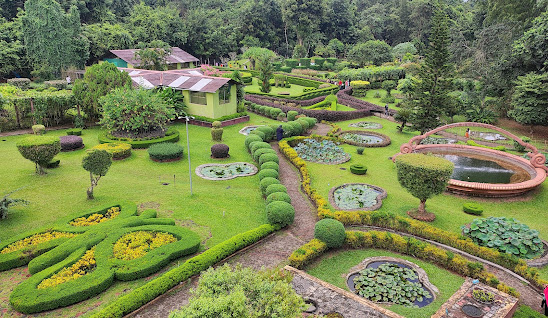Nilambur, located in the Malappuram district of Kerala, India, is a picturesque town renowned for its lush forests, teak plantations, and rich cultural heritage. This serene destination is a haven for nature enthusiasts, history buffs, and those seeking a tranquil escape amidst the verdant landscapes of Southern India. In this article, we will explore the historical significance, natural beauty, attractions, and the unique charm of Nilambur.
Historical Significance
Teak Plantations: Nilambur boasts one of the oldest teak plantations in the world, dating back to the 1840s. The teak wood from Nilambur is renowned for its quality and durability.
Ancient Temples and Monuments: The town is home to ancient temples and monuments that reflect the region’s rich cultural and architectural heritage, providing insights into Kerala’s history and traditions.
Natural Beauty and Attractions
Nilambur Teak Plantations: The vast teak plantations in Nilambur offer a refreshing and serene environment, ideal for nature walks and exploring the region’s rich biodiversity.
Adyanpara Waterfalls: Adyanpara Waterfalls, located near Nilambur, is a natural attraction known for its cascading waters and picturesque surroundings, attracting visitors and nature lovers throughout the year.
Nedumkayam Rainforest: The Nedumkayam Rainforest, situated in the vicinity of Nilambur, is a haven for biodiversity and offers opportunities for wildlife sightings and nature trails.
Cultural Heritage and Museums
The Nilambur Kovilakam: The Nilambur Kovilakam, an ancient ancestral home, is a symbol of the region’s cultural legacy. It serves as a museum, showcasing artifacts and historical relics that narrate the town’s rich history.
Vasantholsavam Festival: The Vasantholsavam Festival celebrated at the Nilambur Teak Plantations is a vibrant cultural event that highlights the town’s cultural vibrancy and heritage.
Visiting Nilambur
Location: Nilambur is located approximately 40 kilometers from Malappuram town in Kerala. It is well-connected by road and can be reached via private vehicles or public transport.
Entry and Permits: Most attractions in Nilambur, including the teak plantations and waterfalls, do not require permits for entry. However, it’s advisable to check the local regulations before planning your visit.
Best Time to Visit: The best time to visit Nilambur is during the post-monsoon and winter months, from September to March, when the weather is pleasant, and the natural beauty of the region is at its peak.
Conservation and Promotion
Efforts are made to conserve the rich biodiversity of Nilambur, protect its cultural heritage, and promote responsible tourism practices that benefit both the local community and the natural environment.

